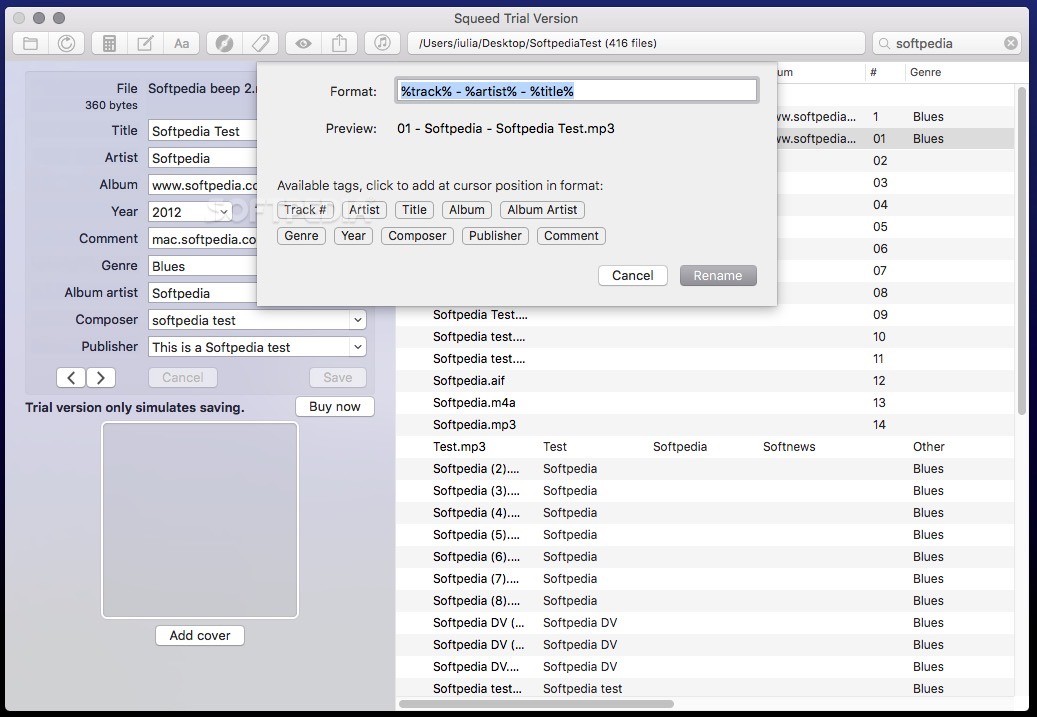
applying a warm or cold compress to the affected area.The following natural remedies may provide some relief from chronic pain associated with dysesthesia, especially when combined with medication:
Define squeed skin#
They may also recommend a topical treatment if dysesthesia causes you to scratch your skin to the point of breaking the skin. To avoid dangerous medication interactions, be sure to tell them about all the medications you take, including supplements. Your prescriber will start you out on the lowest possible dose and adjust upward if needed.īefore starting on a new medication, ask your care team about all the potential short-term and long-term side effects. the antihistamine hydroxyzine (Atarax), for people with MS to relieve itching and burning sensations.the opioid tramadol (Ultram, ConZip, Ryzolt), rarely prescribed and usually only for people experiencing severe pain.topical pain-relief creams that contain lidocaine or capsaicin.certain antidepressants, such as amitriptyline (Elavil), nortriptyline (Pamelor), and desipramine (Norpramin), to change your body’s response to pain.antiseizure agents, such as gabapentin (Neurontin), pregabalin (Lyrica), carbamazepine (Tegretol), and phenytoin (Dilantin), which can alter nerve activity.Over-the-counter pain relievers such as acetaminophen (Tylenol) and ibuprofen (Motrin) usually aren’t effective for treating neuropathic pain, like dysesthesia, according to the National Multiple Sclerosis Society.ĭysesthesia is usually treated with the following medications:
Define squeed trial#
There are a variety of potential treatments, but it may take some trial and error to find the right one for you. Also like many other symptoms of MS, when you and your doctor find the right treatment, you’ll experience dysesthesia less frequently. It can also completely disappear without treatment. Like other symptoms of MS, dysesthesia can come and go. They could be due to injury or another underlying condition. Of course, your symptoms could be completely unrelated to MS. injection site reaction or side effects of medications, including disease-modifying medications.Here are some other reasons a person with MS might have strange sensations or pain: It can be described as a crushing or vice-like grip causing pain and tightness in your chest and ribs. One common type of dysesthesia experienced by people with MS is the MS hug, so called because it feels like you’re being squeezed around your chest. These lesions interfere with signals between the brain and the rest of the body.

MS causes the formation of scar tissue, or lesions, in the brain and spine. In some cases, you might hear the terms used interchangeably.Īccording to the National Multiple Sclerosis Society, more than half of people with MS experience pain as a significant symptom, and about 1 in 5 people who report continuous pain describe it as a burning pain that mostly affects their legs and feet. While dysesthesia and paresthesia have their own definitions, some consider dysesthesia to be a type of paresthesia. Hyperalgesia refers to increased sensitivity to painful stimuli. Paresthesia describes sensory symptoms, such as numbness and tingling, “skin crawling,” or a “pins and needles” feeling. It’s easy to confuse dysesthesia with paresthesia or hyperalgesia, both of which can also occur with MS. Sometimes, it’s diagnosed as a psychological condition, but it can also be related to jaw misalignment. The underlying cause of OD isn’t well understood. Occlusal dysesthesia (OD), also called phantom bite syndrome, is discomfort in the mouth when biting, usually with no obvious cause. The symptoms, which can range from mild tingling to severe pain, may be triggered by anything from clothing to a gentle breeze. Cutaneous dysesthesiaĬutaneous dysesthesia is characterized by a feeling of discomfort when your skin is touched. There’s usually no rash, flaking, or other visible irritation. Scalp dysesthesia, also called burning scalp syndrome, involves pain, burning, stinging, or itching on or under the scalp. However, not all cases of dysesthesia fall into these categories.

There are several distinct types of dysesthesia, including scalp, cutaneous, and occlusal dysesthesia. Sensations can also vary based on the type of dysesthesia you’re experiencing Types of dysesthesia These sensations might be constant or only pop up every once in a while. Dysesthesia can be mild to intense and may include:


 0 kommentar(er)
0 kommentar(er)
